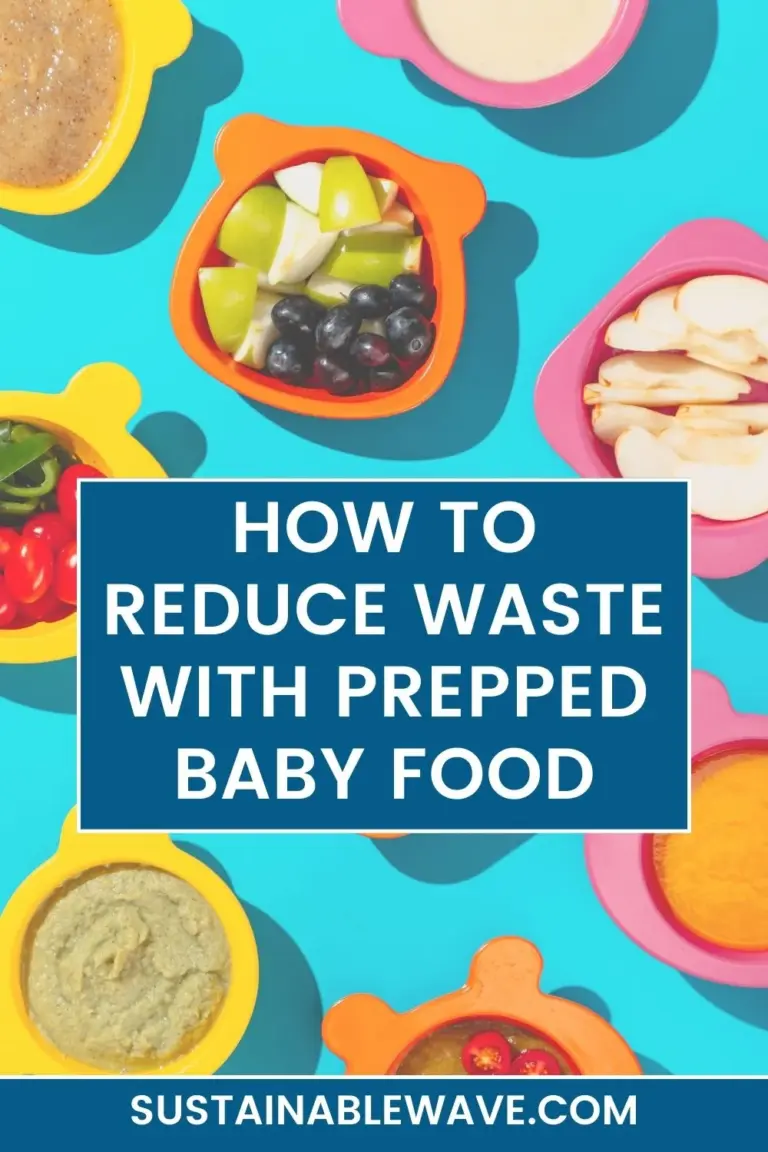The fashion industry, with its glitz and glamour, hides a less shiny truth. Behind the scenes, it’s one of the major polluters in the world. From water consumption to waste generation, the environmental impact of the fashion industry is profound.
The fashion industry significantly impacts the environment, from vast water consumption and chemical pollution to waste generation and greenhouse gas emissions, highlighting the urgent need for sustainable practices and eco-friendly innovations.
But there’s hope on the horizon, with sustainable practices and conscious consumers leading the way.
The Historical Context of Fashion and Environment

Fashion, for centuries, has been a reflection of society’s values, aspirations, and technological advancements.
Unfortunately, with the rise of fast fashion in the 20th century, the industry’s environmental footprint expanded dramatically.
The demand for cheap, trendy clothing led to increased production, which in turn led to more resource consumption and waste.
The Environmental Impact of the Fashion Industry
The fashion industry, often celebrated for its creativity and influence on global culture, has a darker side that remains hidden behind the curtains of glitz and glamour.
This industry, which touches almost every individual on the planet, has significant environmental consequences.
Let’s delve deeper into the various ways the fashion industry impacts our environment.
- Raw Material Extraction and Its Consequences
Every piece of clothing starts with raw materials. Cotton, one of the most popular materials, requires vast amounts of water and pesticides for cultivation. This not only leads to water scarcity but also affects the quality of soil, making it less fertile over time. Similarly, the extraction of materials like leather and silk can lead to deforestation and biodiversity loss.
- Water Consumption in Textile Production
The production of textiles is water-intensive. For instance, producing a single cotton t-shirt can consume up to 2,700 liters of water. This excessive use of water in textile production has led to dried-up rivers and declining groundwater levels in many parts of the world, especially in countries that are major textile producers.
- Chemical Pollution from Dyes and Treatments
The beautiful colors and finishes we see on our clothes often come from toxic chemicals. These chemicals, when not treated or disposed of properly, end up in our waterways, harming aquatic life and posing health risks to communities that rely on these water sources.
- Greenhouse Gas Emissions and Climate Change
From the factories where clothes are made to the ships and planes that transport them worldwide, the fashion industry is a significant contributor to greenhouse gas emissions. These emissions play a substantial role in global warming, leading to more frequent and severe weather events.
- Waste Generation: From Production to Disposal
The fast fashion model, which promotes quick and cheap production of trendy clothes, has led to enormous waste. Many of these clothes are discarded within a year of purchase, ending up in landfills where they can take hundreds of years to decompose, releasing methane, a potent greenhouse gas, in the process.
Sustainable Fashion: A Glimmer of Hope

Amidst the concerning environmental impacts of the fashion industry, there’s a silver lining.
Sustainable fashion is gaining momentum, promising a future where fashion and ecology coexist harmoniously.
- The Rise of Eco-Friendly Materials
The industry is witnessing a shift towards more sustainable materials. Organic cotton, Tencel, and recycled fabrics are becoming increasingly popular. These materials have a lower environmental footprint, requiring less water, fewer chemicals, and producing less waste.
- Water-Saving Techniques in Production
Innovations in textile production are leading to reduced water consumption. Techniques like waterless dyeing and closed-loop water systems are making the production process more eco-friendly.
- Natural Dyes and Sustainable Practices
Moving away from toxic chemicals, many brands are now embracing natural dyes derived from plants, minerals, and even insects. These dyes are not only safer for the environment but also for the workers involved in the dyeing process.
- Recycling and Upcycling in Fashion
The concept of recycling and upcycling is gaining traction in the fashion world. Brands are creating new garments from discarded ones, and DIY enthusiasts are giving their old clothes a new lease on life through creative upcycling projects.
- Consumer Awareness and Ethical Choices
Consumers today are more informed and conscious of their choices. The demand for ethically produced, eco-friendly fashion is on the rise. This consumer-driven change is pushing more brands to adopt sustainable practices, making the future of fashion brighter and greener.
The Consumer’s Role in Reducing Environmental Impact
While the fashion industry plays a pivotal role in environmental degradation, consumers wield significant power in driving positive change.
Our choices, habits, and demands can shape the industry’s future, making it more sustainable and eco-friendly.
Generally speaking, consumers can reduce impact by buying sustainably, maintaining their clothes, and embracing second-hand shopping.
- The Power of Conscious Buying
Every purchase we make sends a message. By choosing to support sustainable brands and products, consumers can push the industry towards more eco-friendly practices. Reading labels, understanding the origin of materials, and researching a brand’s sustainability initiatives can guide more informed purchasing decisions.
- Maintenance and Longevity of Clothing
The lifespan of clothing doesn’t end after a few wears. By taking proper care of garments, mending them when needed, and avoiding excessive washing, consumers can extend the life of their clothes, reducing the need for frequent replacements and thus minimizing waste.
- Donating, Swapping, and Second-hand Shopping
Instead of discarding old clothes, consider donating them to those in need, swapping with friends, or selling them. Embracing second-hand shopping not only reduces demand for new clothing production but also gives garments a second life, preventing them from ending up in landfills.
- Advocacy and Awareness
Consumers can use their voice to advocate for sustainable practices in the fashion industry. By supporting campaigns, signing petitions, or even starting conversations on social media, consumers can raise awareness and push for industry-wide change.
Brands Leading the Way in Sustainable Fashion
In the vast landscape of the fashion industry, several brands are setting commendable examples by prioritizing sustainability and ethical practices.
- Pioneers in Eco-Friendly Fashion
Brands like Patagonia, Eileen Fisher, and Stella McCartney have long championed sustainable practices. From using recycled materials to ensuring fair wages for workers, these brands showcase that fashion can be both stylish and eco-friendly.
- Innovations in Sustainable Design
The future of fashion lies in innovation. Brands are now exploring zero-waste designs, biodegradable fabrics, and circular fashion models. These forward-thinking initiatives reduce waste, lower carbon footprints, and set new industry standards.
- Transparency and Accountability
Leading sustainable brands are embracing transparency, sharing details about their supply chains, production processes, and environmental impact. This openness allows consumers to make informed choices and holds brands accountable for their practices.
CO2 Footprint of Your Favorite Jeans
Producing a pair of jeans is surprisingly carbon-intensive. From cultivating cotton, and dyeing the fabric, to the manufacturing and transportation processes, each step emits CO2.
On average, creating one pair of jeans emits around 33.4 kilograms of carbon dioxide. This is equivalent to the greenhouse gas emissions from driving a car for about 78 miles.
In the U.S., where consumer demand for jeans is high, this cumulative carbon footprint is significant. Efforts are now being made to reduce this impact through sustainable farming, eco-friendly dyes, energy-efficient manufacturing, and localized production to cut down on transportation emissions.
Key Takeaways From The Environmental Impact of the Fashion Industry

The fashion industry, with its vast reach and influence, stands at a crucial juncture. The environmental challenges posed by traditional practices are undeniable, but the winds of change are blowing. With sustainable brands leading the way and consumers demanding change, a greener future for fashion is not just a dream but a tangible reality.
Going forward, collaboration will be key. Brands, consumers, policymakers, and activists must come together to reshape the industry, ensuring that fashion remains a source of joy and expression without compromising the health of our planet.
The road ahead is long, but with collective effort and unwavering commitment, a sustainable future for fashion is within reach.
I’m Thomas, the owner of SustainableWave. Passionately promoting a sustainable planet. With experience in various eco-roles, I’ll share green tips, sustainability hacks, and personal eco-journeys on my blog.






